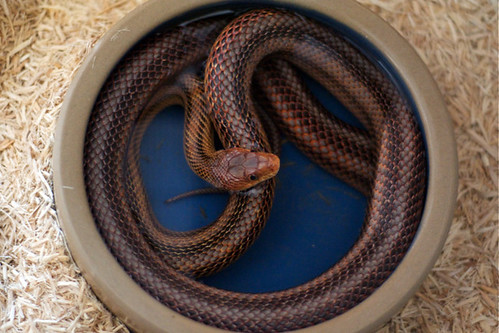When panic follows pain
When the pain abated last week (albeit only temporarily: it came roaring back Monday), I started to panic. Which isn’t the reaction you expect when you’re feeling better!
It took me a while to figure out why, but here’s what I’ve come up with:
Every time I go into flare, I fall behind. I do my best to get as much done as I can under the circumstances while I’m hurting, but I inevitably get much less done than I would if I were in less pain. While I can generally get back to my usual production levels when I get better, there’s no way I can make up for the lost productivity. So, with each flare, I fall further and further behind; when I feel better, I’m overwhelmed by how much I now have to do, and freak out.


